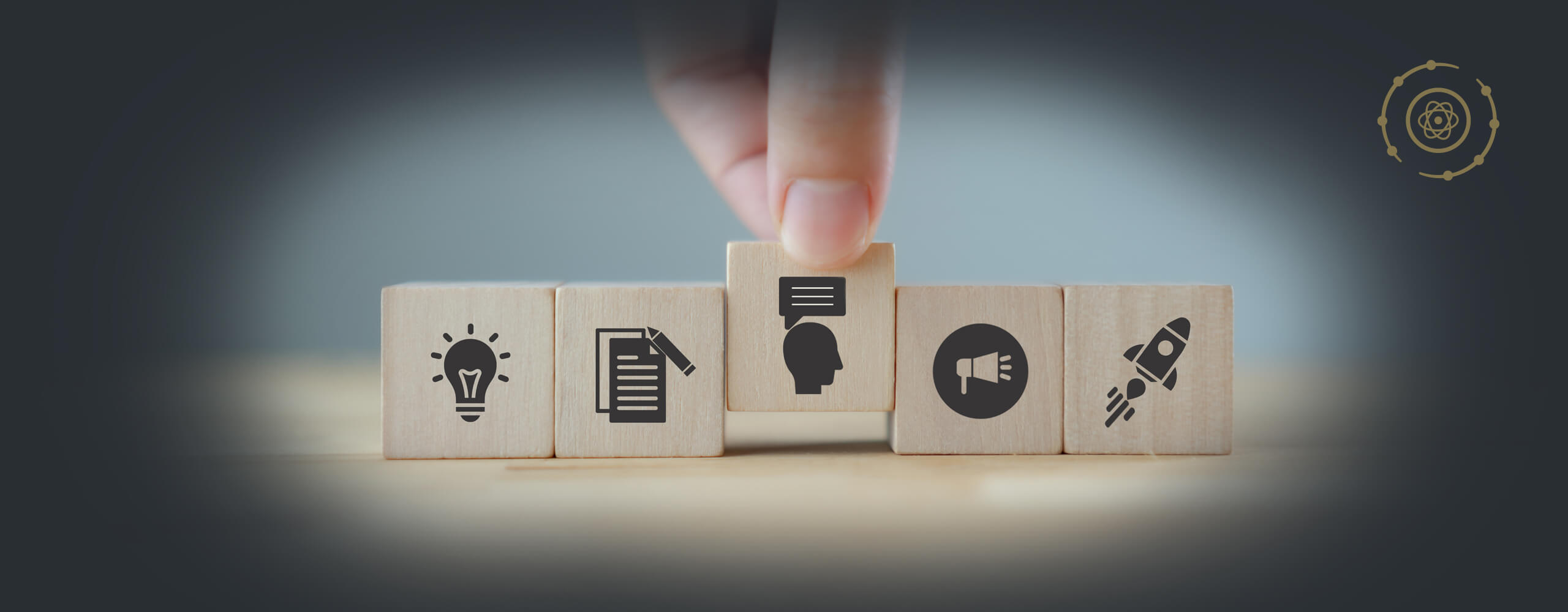|
Getting your Trinity Audio player ready... |
Are you a reminisce about the old days kind of marketer, or a fully embracing the digital revolution kind of marketer? If we take a step back and look at how far we’ve come it’s almost hard to believe. But if you look around there seems to be a resurgence of nostalgia in media and culture. Notice how young people are buying furniture that would not be out of place in their grandparents’ home, and listening to music older than they are. Let’s see how the marketing industry holds up to this trip down memory lane.
Here are some basic elements of constructing a campaign and both an analogue and a digital way of executing the task.
1. Measuring Objectives
To begin with, marketers need to define and measure their campaign objectives. These objectives could include increasing brand awareness, generating leads, or improving customer satisfaction.
Digital Method – Google Analytics:
Google Analytics is a widely used digital tool that provides real-time data on web traffic, user behaviour, and conversion tracking. Marketers can set up specific goals to track metrics like lead generation or website traffic, helping them assess whether the campaign is meeting its objectives.
Analogue Method – Customer Surveys:
In an analogue setting, customer surveys and feedback forms can be distributed via in-store interactions or direct mail. By asking customers how they heard about a product or service and what their experience has been, marketers can measure customer awareness and satisfaction, aligning results with their campaign objectives.
2. Segmenting Audiences
Segmenting audiences ensures that the right message reaches the right people. Different groups of consumers may respond better to specific types of content, depending on factors like demographics, behaviours, and preferences.
Digital Method – Customer Relationship Management (CRM) Tools:
CRM tools such as Salesforce, HubSpot, or Zoho help marketers gather comprehensive customer data and segment audiences based on criteria such as location, purchasing habits, or online behaviours. By segmenting audiences within a CRM, marketers can deliver more tailored messaging to each group, increasing engagement.
Analogue Method – Focus Groups:
In the analogue world, marketers can utilise focus groups to better understand customer demographics, preferences, and behaviours. By listening to small groups of representative consumers, marketers can identify key characteristics to segment their broader audience, helping them create more effective messaging for each segment.
3. Gathering and Acting on Feedback
Customer feedback is crucial to refining campaigns and ensuring that products or services meet consumer expectations. Whether through digital or traditional channels, gathering actionable feedback is essential.
Digital Method – Social Media Monitoring Tools:
Using tools like Hootsuite or Brandwatch, marketers can track conversations and feedback on social media in real-time. These tools offer insights into what customers are saying about a brand, helping marketers make quick adjustments to messaging or customer service strategies.
Analogue Method – Customer Comment Cards:
An effective analogue method is placing customer comment cards in physical stores or including them with shipped products. These cards give customers a chance to share their thoughts, allowing marketers to gather tangible feedback and act upon it to improve the customer experience.
4. Personalizing Messages
Personalisation is the key to building meaningful connections with customers. By tailoring messages based on individual behaviours, marketers can create more impactful communications.
Digital Method – Email Marketing Platforms:
Platforms like MailChimp or Klaviyo allow marketers to personalise emails based on customer data. For example, these tools enable sending personalised product recommendations or special offers to customers based on their browsing or purchase history. Personalization enhances engagement and drives higher conversion rates.
Analogue Method – Personalised Direct Mail:
In an analogue setting, direct mail campaigns can be personalized using data from loyalty programs or past customer purchases. Sending personalised, handwritten notes or targeted promotional offers via direct mail creates a deeper connection with consumers, especially in an age of digital overload.
5. Measuring Results
Once a campaign has run its course, marketers must measure its results to understand its success. Results can range from sales conversions to brand engagement metrics.
Digital Method – Performance Dashboards:
Performance dashboards such as those found in Google Data Studio or Power BI offer marketers the ability to visualize campaign data in real-time. Dashboards consolidate key metrics like impressions, clicks, and conversions, providing a clear view of what worked and what didn’t.
Analogue Method – Sales Data Tracking:
In a traditional sense, marketers can track in-store or direct sales figures to determine whether a campaign led to a tangible increase in sales. This method works especially well for small businesses or local campaigns where digital tracking tools may not be available.
Every marketer, brand manager and SME owner knows that data-driven decision-making is key to delivering successful campaigns. Marketers must measure objectives, segment audiences, gather and act on feedback, personalise their message, and measure results to stay competitive. With a combination of digital and analogue methods, these essential activities can be carried out effectively.
If we combine progress with nostalgia and implement a combination of digital and analogue techniques that could lead to marketers meeting our audience where they are, deliver tailored experiences, and achieve success across all touchpoints.
Nucleus Vision Digital and Design Legends
A full-service Marketing and Design Agency
hero@nucleusv.com
www.nucleusvision.digital


